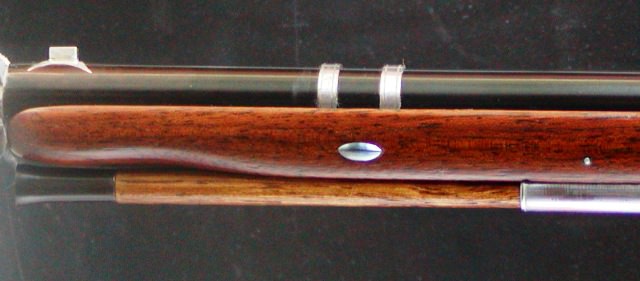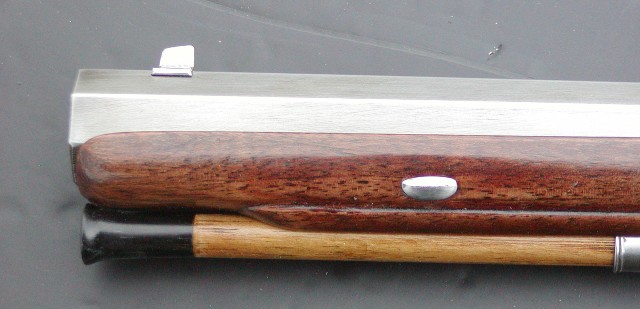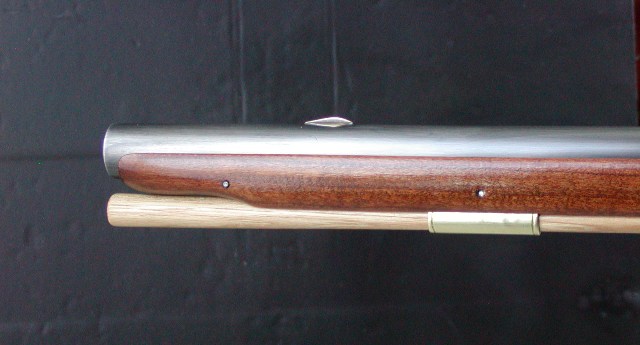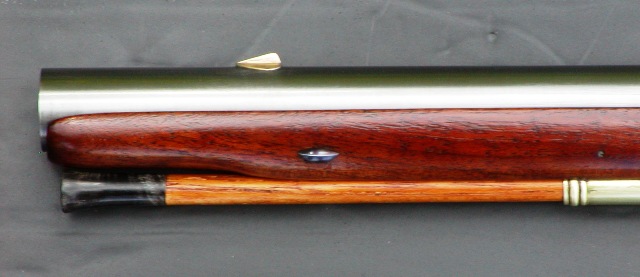- Joined
- Nov 26, 2005
- Messages
- 5,229
- Reaction score
- 10,911
Here is a bunch.





dave





dave






